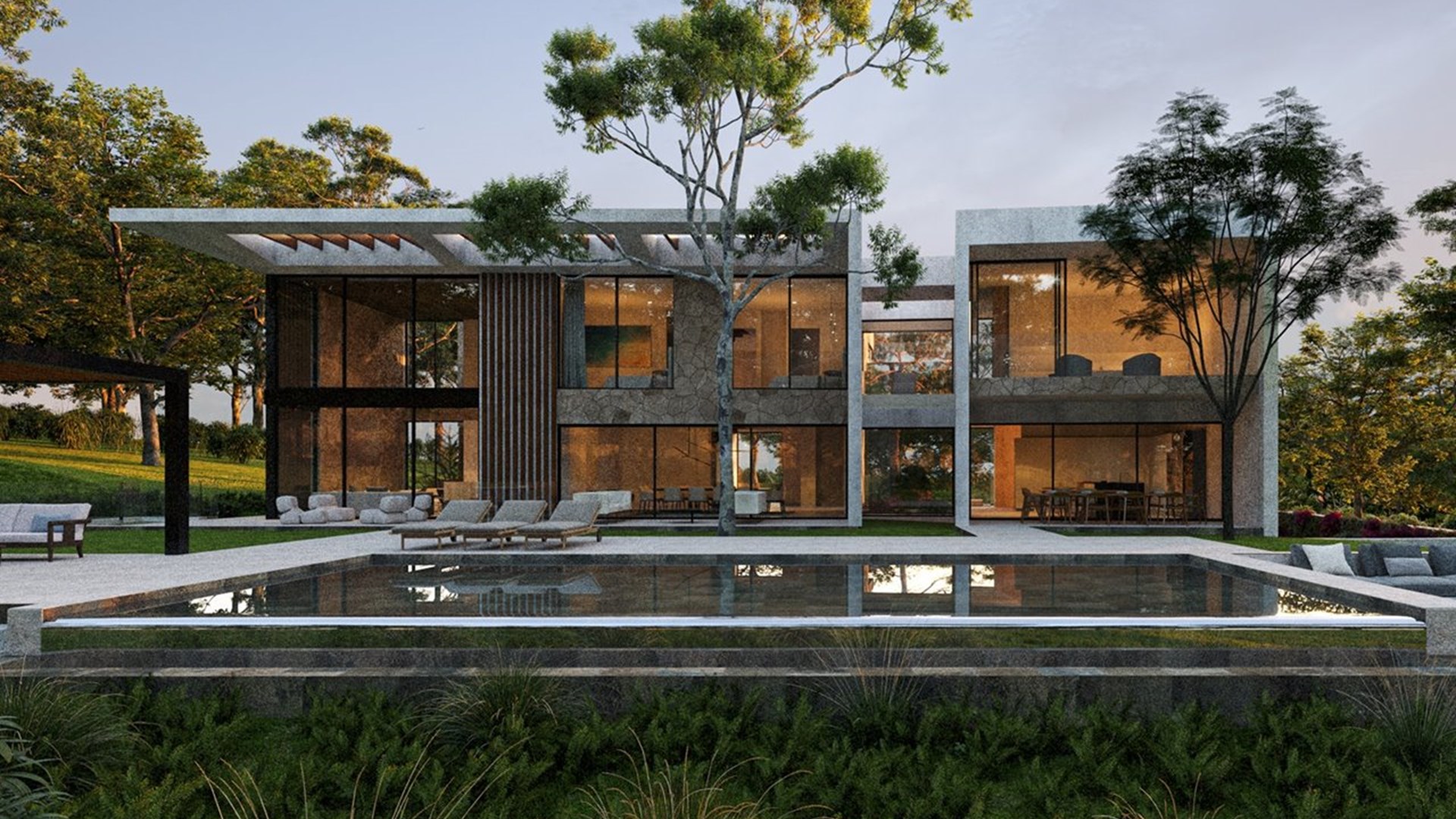With the aim of protecting the planet and facing the challenge of climate change, initiatives that seek to harness energy through technology, including in the real estate sector, are lavished. This is the case of passive houses, a type of efficient housing whose objective is to reduce the energy demand of the building to the maximum maximum, ensuring maximum interior comfort, therefore, it is a trend and has a promising future. But do you know all its advantages? The boutique studio Freehand Arquitectura, specialized in this type of construction, detail all its benefits:

Autonomous and intelligent design
If they are well calculated and designed, passive houses work almost autonomously, because they are built following a series of physical parameters that allow them to maintain maximum interior comfort, without the need to make practically any energy contribution.
ECO-friendly constructions
Buildings can account for 48% of annual greenhouse gas emissions that affect climate change. Passive houses respect the environment since any project that is part of their construction respects the climatic and geographical conditions to preserve the natural environment. Reducing the energy consumption of the home translates into less pollution and, of course, in a significant economic saving for the owners.
More energy efficient
This type of building, known as passivhaus, is the most widespread and contrasted construction model of almost zero consumption in the world. It allows an energy saving of up to 90% compared to traditional construction, although, the consumption of a passive house will depend largely on the architectural design of it.
Passive houses depend little, if at all, on the power grid
They operate almost independently of the electricity grid, so they are less vulnerable to increases in the cost of electricity. Even with a small contribution of solar energy, through photovoltaic panels, it could become a "positive house", that is, it produces more energy than it consumes.
Better air quality
Passive dwellings are airtight, they do not allow unwanted infiltrations from the outside. This is checked during the construction process, by means of a Blower Door test , which is a test that evaluates the level of permeability of the buildings, and a thermocamera. However, of course, you can open your windows and ventilate in a traditional way. The air circulates through the home, school, office or any use that is given to this type of building, is filtered and heated efficiently, controlling humidity and renewing the air, giving a feeling of freshness to the whole house. A passivhaus building guarantees good indoor air quality and, therefore, good health for its members.
Passive houses are quieter
In this type of architecture we work with insulation of the highest quality and with greater thickness that are also installed rigorously and precisely to avoid leaks and thermal bridges. The windows usually have a triple glazing and are installed specifically to ensure the tightness and continuity of the insulation. All the pipes of the facilities are also insulated. Therefore, the insulation of each house is much greater than in a traditional house, which in addition to benefiting consumption, makes the noises from the outside do not invade the harmony of the home. In addition, by depending very little on electric light and being the consumption in zero gas, the sounds are reduced to the slightest.
Maximum interior comfort
These constructions provide conditions of high interior comfort, both in air quality and in sound insulation and constant temperature throughout the year. The secret? It consists of achieving a good protection system and incorporating a ventilation method that recovers the heat that is generated to save on energy consumption.
Design in passive houses
As the design is not at odds with sustainability, any construction system can be used in the execution of a passive house. It can be concrete, steel and brick or wood structure, prefabricated houses or even in rehabilitation and remodeling. These houses admit countless types of finishes that these in turn can be of sustainable origin.
What does a house have to have to be a passive house?
The Passivhaus certification can be obtained as long as the criteria established by the Passivhaus Institute of Germany are followed, and when it is conscientious during construction, fulfilling the parameters that mark the mathematical calculations.


